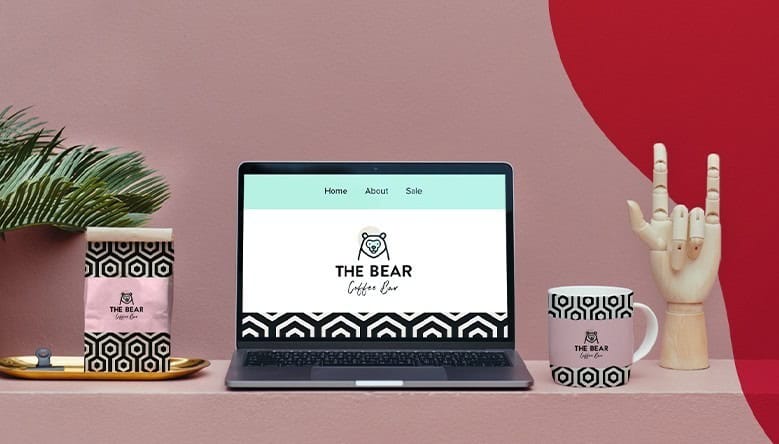
Imagine that you and a friend are planning a trip to Europe. You’re trying to map out your route from Portugal to Germany, when you realize that neither of you are sure which countries are next to which.
Immediately, your friend says, “Let’s Google it.” Sounds right? They wouldn’t say, “let’s use a search engine,” even though that’s technically what they need. Google is a brand, not a product, and what your friend just did is demonstrate a perfect example of brand awareness.
Brand awareness takes a regular business and injects it into the minds of consumers. It influences the way people shop, creating loyal customers that won’t hesitate to come back.
And, as a small business owner, a big part of your branding efforts should be focused on generating brand awareness. It will help you boost your customer loyalty, increase new sales, and gain more market share.
But let’s start at the very beginning.
In this guide, we’ll break down brand awareness to its very core concepts, and then look at the ways you can build it, measure it, and optimize it for your business.
Brand awareness has 2 definitions, depending on who you ask. Some experts define it as how easy it is for people to recall your brand name and products or services. Others will say it’s how people perceive your company as a “person,” where they might view it as friendly or professional.
The truth is, brand awareness is both. It’s how recognizable your business is, and it’s the character traits people associate with your brand.
Apple has some of the most potent brand awareness of any company in the world right now. You instantly know their lineup of products, thanks to their clever branding names like the iPhone, iPad, and iMac, even though other companies offer similar merchandise.
And, their brand personality is all about innovation, passion, and creativity. It’s not by chance that people who work in the design industry almost only use Apple products exclusively.
Let’s look at another example: Amazon.
It’s safe to say Amazon is one of the most trusted brands you can shop online with. Even though they’re a gigantic business, you can read and write reviews for every product they offer, which helps Amazon portray themselves as an honest company you can trust.
Along with their commitment to fantastic customer service and fast deliveries, their brand has a caring and sincere personality. Amazon also has its own line of branded products like Amazon Basics and Amazon Essentials, which their customers are more likely to buy because they think positively about Amazon.
Sounds great, right?
Brand awareness doesn’t just help famous companies. Small businesses with strong brand awareness can also enjoy some fantastic benefits:
Feeling pumped to work on your own brand awareness? Let’s take a look at how to do that.
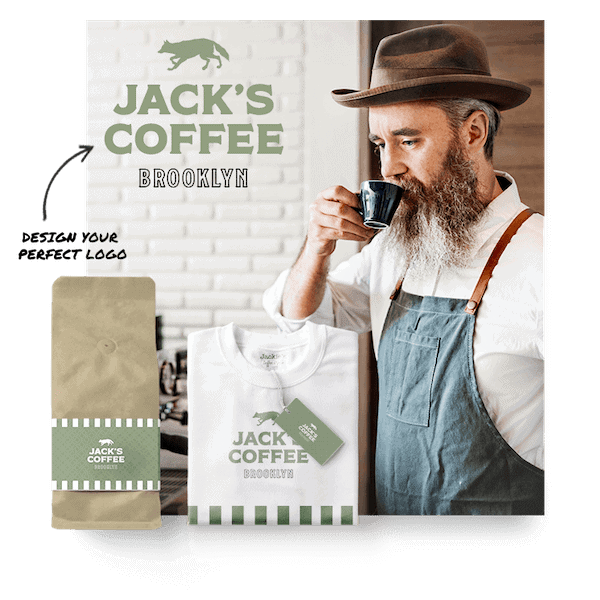
Before charging ahead and shooting off marketing campaigns left, right, and center, remember that you can’t achieve brand awareness overnight. It takes time, energy, and plenty of thought.
One of the most common misconceptions about brand awareness is thinking you can best use it to gain new customers and convert them. When you do this, inevitably, your audience will become focused on the product and not your brand!
You want to create a positive, lasting impression on your audience that extends beyond your product line. Here’s how:

A plan will increase the chances of success by providing you with a clear roadmap and focusing your energy on critical branding milestones. Start by asking yourself these 3 questions, which you can then incorporate into your brand awareness plan:
Identifying your target audience is crucial if you want to personalize your messaging and campaigns. You wouldn’t speak to millennials the same way you would to retirees, would you?
Likewise, knowing the results you want to see beforehand will help you craft your message without losing sight of your end goal.
And finally, choosing which channels you want to use will help you allocate resources and pick the type of ads and messages that will best resonate with your audience, such as written content, or creating videos.
Creating brand awareness is a marathon, not a sprint, so create a plan and stick to it to stay on track.
An amazing thing happens when brands act as if they’re people; we start to listen and care about them. They have their own brand voice, share things that make them laugh or things they care about—and when they get excited about something, we want to hear more.

Make a bigger impact on your audience by giving your brand attractive traits. If your brand’s only way of defining itself is by promoting products, no one will want to hear what you have to say.
You’re also more likely to create a memorable impression on people, as most marketing ads people see are impersonal—not personalized in any way.
A brand without a personality is boring; a brand with a personality like Tesla CEO Elon Musk behind it is electrifying! He imbues Tesla’s brand with his energy and passion for innovation. It’s exciting, it’s different, and it’s not afraid to take on the world.

Imagine you have a friend whom you speak with every day. But, instead of talking about his day or asking you questions, he’s continually trying to sell you stuff. Chances are, you’re going to ignore him as much as possible and ultimately want to stop hanging out with him altogether.
If your brand only posts about your products or services, no one will want to connect with you. You need to interact with your audience. Comment on posts on social media, ask questions, share content created by others that excites or affects you—engaging with your audience however you can.
Move away from the mindset of treating your social and marketing accounts as sales tools, and instead treat them as a person who wants to make new friends and keep in touch with old ones.
People love stories, and they’re a powerful tool in your branding arsenal. Stories give us something to latch onto, especially when the feature a tragic underdog who eventually succeeds.
Creating a brand story helps to humanize your brand and make it personal. You can also integrate parts of your narrative within your marketing efforts to help promote your products or services.

For example, part of Apple’s story is that they started in a garage and eventually took on giants like IBM and Microsoft—huge, established companies in a market that looked impenetrable. They were the underdogs who took on the giants and won.
Your brand story can be about anything, as long as it’s authentic and sticks to the truth.
A good story has strong character development. You can talk about how you first got your business idea, the struggle your business went through before it succeeded, or how something in your personal life motivated you to change it.
Show how your brand has changed during the story. And finally, keep it short and simple.
Once you’ve started establishing brand awareness, you’ll need to try to expand it as much as possible. Here are some methods you can use to supercharge your branding efforts.
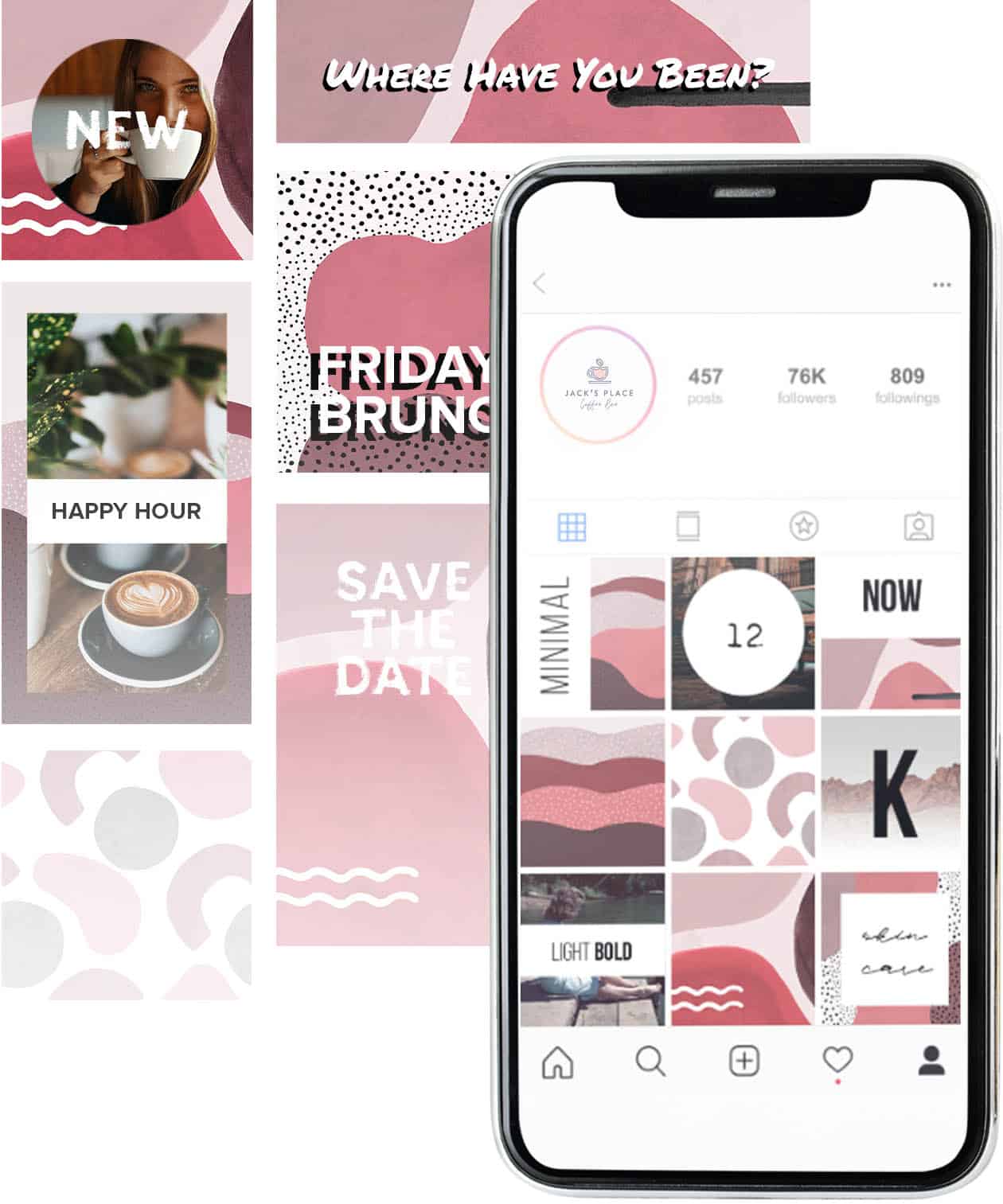
No matter the product or service you’re selling or your target audience, ensure that your content can be shared easily. Paid ads, social media posts, video content, your website pages, everything!
One of the most effective marketing methods is word-of-mouth. People are more likely to pay attention and trust a brand recommended by someone they know, such as family members or friends.
By making your content shareable, you increase your audience’s chances of sharing it with people they know, helping to raise your overall brand awareness.
This is why it’s essential to move beyond always trying to sell.
Instead, aim to communicate and engage with your audience, to both connect with and entertain them. You’ll have a more significant impact and increase your reach this way.
Video is one of the most shared forms of content. Old Spice’s “The Man Your Man Could Smell Like” video has been seen by over 57 million people on YouTube alone. Their clever use of humor, silliness, and innovation in the ad was an instant hit, and because it’s available on YouTube, it’s easy to share with friends and family.
Many brands offer their basic service or product for free, and they charge users if they want to unlock more advanced options or use them on an enterprise level. It’s a technique used by many popular companies like Spotify and Trello.
Customers can “try before you buy” without having ever to pay a cent unless they want to upgrade. Unlike free trials which have to end at some point, the freemium experience can last forever.
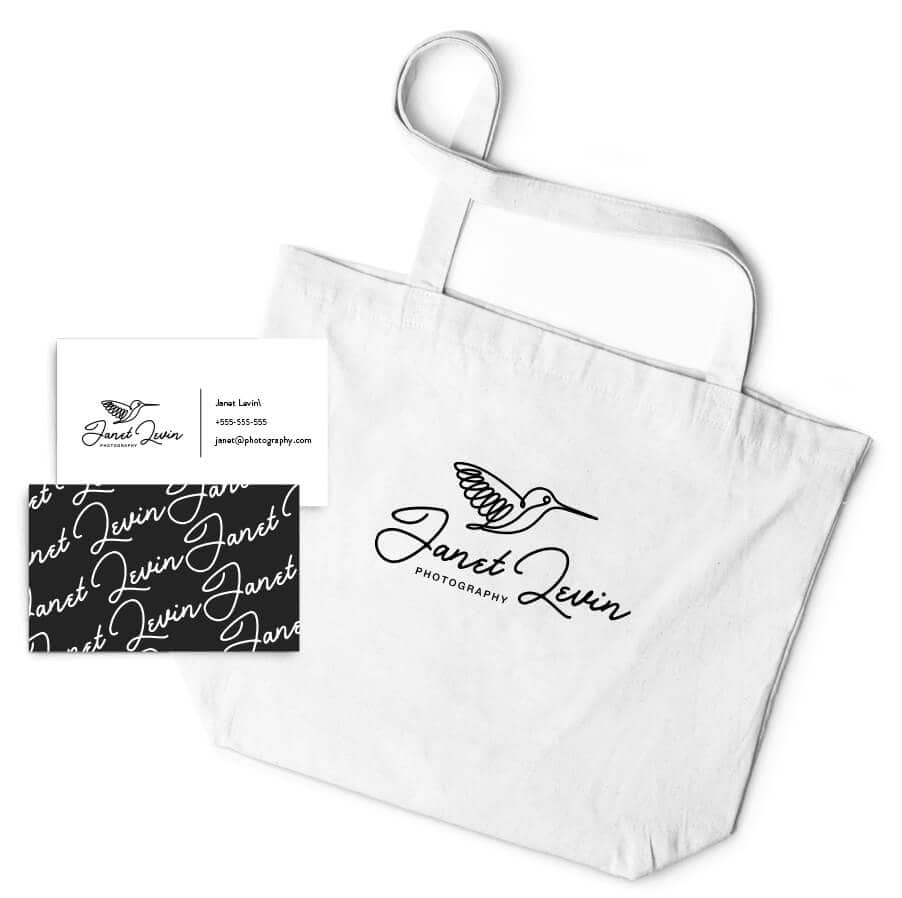
Some freemium services include a watermark if your customers use it publicly, which is free advertising for your brand; plus, you’re receiving the user’s seal of approval in a public environment.
Not every small business can use the freemium model, but if you’re able to, it’s an excellent way to help raise the level of your brand awareness.
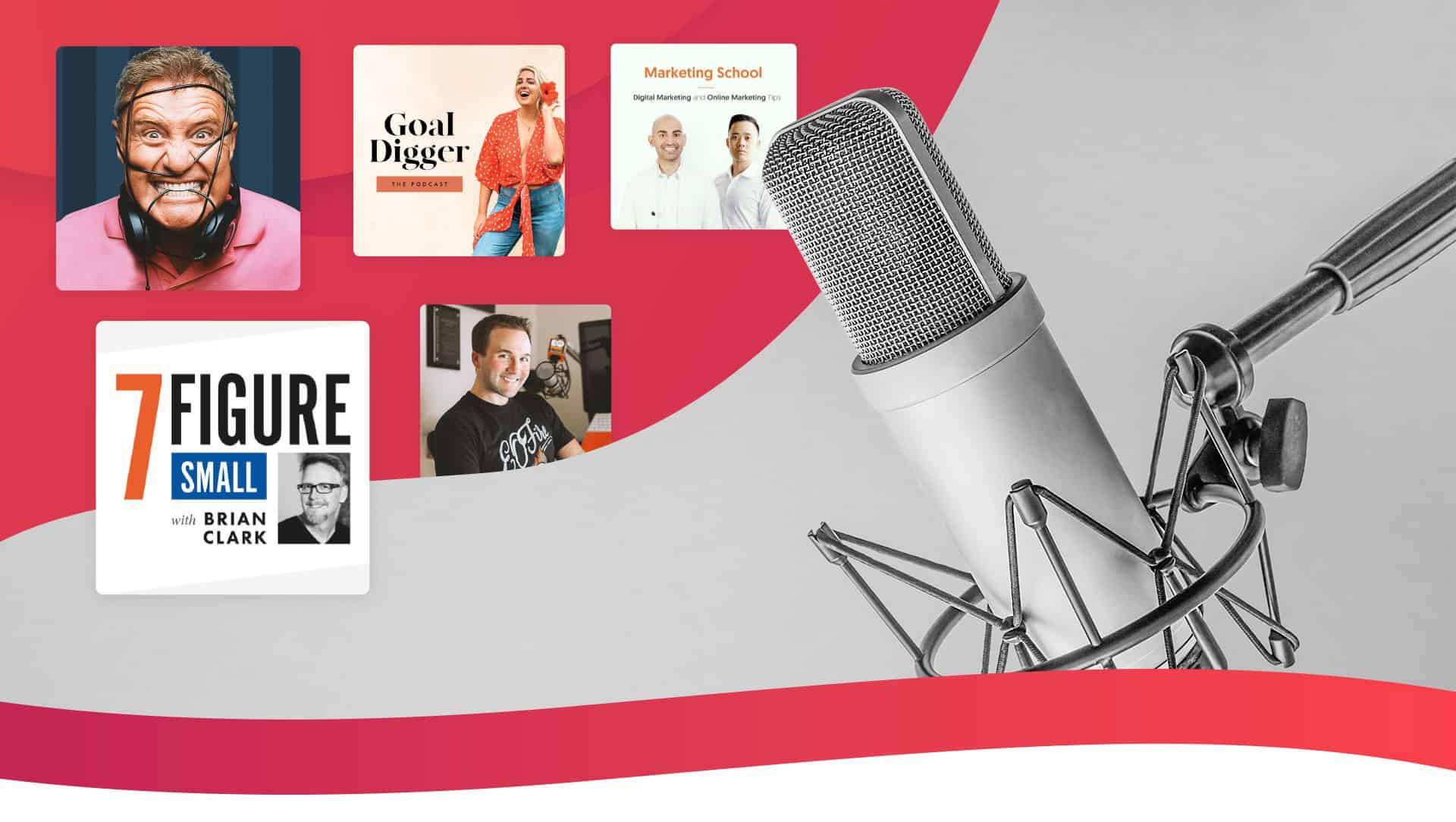
Your audience is using the internet more and more every day, and also turning to it for help. Google is often the first port of call whenever anyone has a question, problem, or issue that needs fixing.
Just Google “stop leaking tap,” and you’ll see plenty of videos and articles showing you how to fix it yourself, often by trained professionals.
Creating content is a brilliant way to show off your expertise and help raise brand awareness. It also lets you cement your brand’s personality in the type of content you create, whether it be informative blog posts or YouTube videos.
Don’t forget to make it shareable!
A great way to get your brand in front of large groups of people in a positive way is to sponsor events. This doesn’t mean you should start sponsoring all different activities to reach as many people as possible, but sponsor events that interest your target audience.
The energy drink Red Bull is an aggressive, energetic brand that sponsors many dangerous, stunt-orientated sports, as well as plenty of athletes. This fits perfectly with their brand personality and target audience.
At the same time, you wouldn’t expect to see a chess tournament sponsored by Red Bull; it’s the wrong crowd.
You can sponsor events, festivals, tournaments, and also donate to important causes and scholarship funds.

As we mentioned earlier, people trust their friends, family, and their peers considerably more than brands. You can increase your brand awareness by harnessing the power of social proof.
To do so, you’ll want to create situations where your audience can comment and write their own posts and reviews—also known as user-generated content.
All of Amazon’s reviews are generated by their users and provide invaluable evidence if a product is worth purchasing or not.
The final piece of your brand awareness campaign puzzle is measuring and analyzing your results. By understanding your results, you’ll be able to identify if your current strategy is working, or if you need to make some changes.
But how do you measure brand awareness when it’s so…unmeasurable? How can you possibly quantify what people think about your business?
Here are a few quantitative and qualitative ways to measure your brand awareness’s success:
These types of measurements are numbers-based. They rely on hard evidence to help you see the success or failure of your branding. The most reliable way you can measure your brand awareness is by:
1. Engagement on social media – If part of your strategy is to use social media to boost your brand awareness, pay close attention to your engagement rates. These can be likes, shares, retweets, number of comments, views, etc. It’s a great way to check how your brand awareness campaigns are performing. If your engagement rates increase, it means you’re generating more and more brand awareness.
2. Measuring direct traffic – When someone manually types your brand’s URL into a search bar, it’s known as direct traffic. This is a useful metric to look at, as it lets you know how many people visit your site through a non-marketing method.
By that, we mean not by paid advertisements or through social media. If someone is looking for a fresh pair of Nike trainers, they can just type Nike.com into the address bar, and this lets Nike know they arrived at their site via direct traffic. That’s the power of branding.
3. Overall traffic numbers – When looking at your overall site traffic numbers, there are many variables that can affect it, such as the number of social media campaigns or video marketing ads you’re running. If you know that nothing has changed much, or you’re not even advertising at the moment, you can use overall traffic to estimate the effect of your brand awareness.
These methods rely less on substantial numbers, and more about trying to gauge your audience’s overall feeling and recognition of your brand:
1. Listen to social media – “Social listening” involves using tools to monitor when anyone naturally talking about your brand, without your prompting them in any way. For example, you can track if someone tags you in a post or mentions you individually in a comment. Depending on what they write, you can also gauge if they favor you in a positive light.
2. Use Google Alerts – Setting up Google Alerts with your brand name will instantly inform you when your brand is mentioned online in any news items or blog posts. Pay special attention to review posts and how you’re being talked about by important sites in your industry.
3. Create a survey – Sometimes, you just can’t beat a good questionnaire. You can create a short survey to get feedback from your customers or members of your target audience. Be sure to keep the questions open so you’ll receive back as much information as possible.
Brand awareness is one of the most powerful tools at your disposal. Because your customers and target market are continuously changing, you have to stay on your toes, remain agile, and think innovatively to keep your audience in the crosshairs of your branding efforts.
Use our complete guide to help establish, increase, and measure your brand awareness to create a large audience that’s loyal and listens to your every word.
This portion of our website is for informational or educational purposes only. Tailor Brands is not a law firm, and the information on this website does not constitute legal advice. All statements, opinions, recommendations, and conclusions are solely the expression of the author and provided on an as-is basis. Accordingly, Tailor Brands is not responsible for the information and/or its accuracy or completeness. It also does not indicate any affiliation between Tailor Brands and any other brands, services or logos on this page.
Products
Resources
©2025 Copyright Tailor Brands